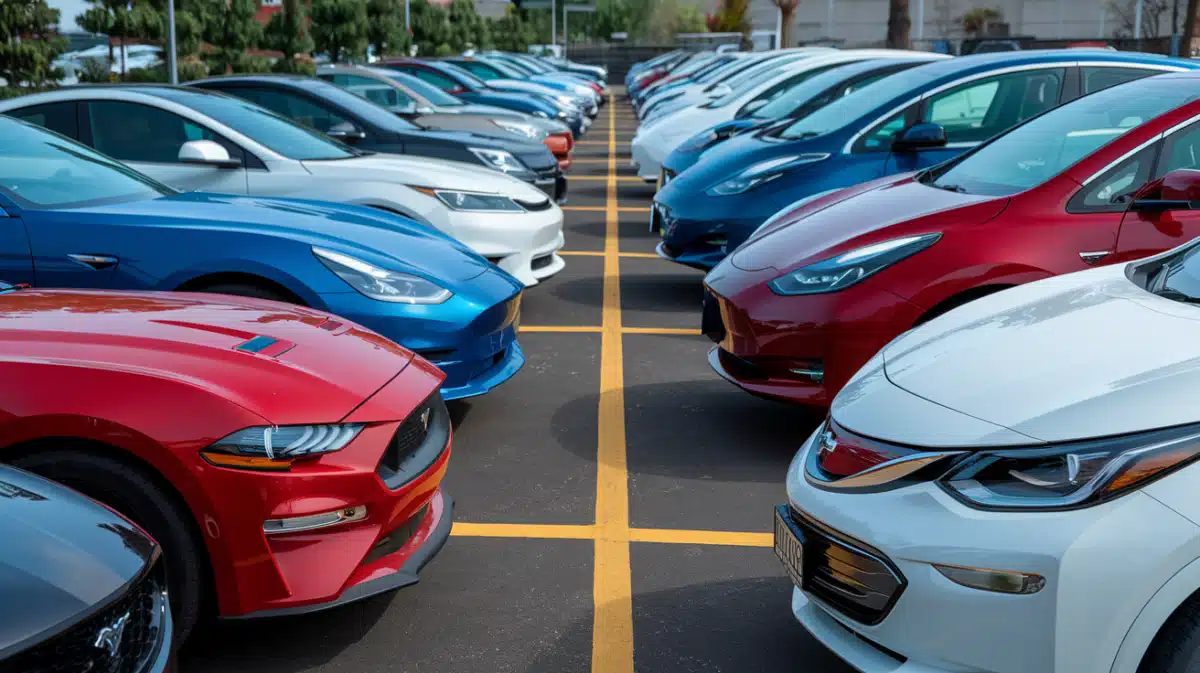Starting March 1, HM Revenue and Customs (HMRC) will implement revised Advisory Fuel Rates (AFR), affecting company car drivers across the UK. These changes introduce higher per-mile costs for certain petrol and diesel vehicles, while electric car users continue to benefit from stable, lower reimbursement rates.
The quarterly AFR review by HMRC is designed to reflect fluctuations in fuel prices, impacting business travel expenses for employees using company cars.
Under the latest update, diesel and mid-sized petrol vehicles will see an increase in mileage reimbursement rates, adding extra costs for businesses and drivers alike.
Meanwhile, electric vehicle (EV) users will maintain a lower per-mile rate, reinforcing the financial incentives for zero-emission motoring.
Diesel and Petrol Costs Rise Under New Advisory Rates
From March 1, the new Advisory Fuel Rates will apply to all company car users, with diesel and certain petrol vehicles facing higher reimbursement rates, according to HMRC.
For diesel cars, vehicles with engines up to 1,600cc will see a rise in AFR from 11 pence per mile (ppm) to 12ppm, while rates for larger engine categories remain unchanged.
Diesel cars with engine sizes between 1,601-2,000cc will continue at 13ppm, and those over 2,000cc will stay at 17ppm. These adjustments are based on diesel costs of 146.1 pence per litre.
Petrol cars are also affected, albeit to a lesser extent. The only change applies to mid-sized petrol vehicles with engines between 1,401-2,000cc, where the reimbursement rate will rise from 14ppm to 15ppm.
Vehicles below 1,400cc will remain at 12ppm, while larger petrol cars over 2,000cc will continue at 23ppm. These calculations reflect petrol costs of 138.7 pence per litre, according to HMRC.
For liquefied petroleum gas (LPG) vehicles, no changes will be introduced, with rates remaining at 11ppm for smaller cars, 13ppm for mid-sized vehicles, and 21ppm for engines over 2,000cc.
Electric Car Users Maintain Lower Per-Mile Costs
In contrast to fossil fuel vehicles, electric company car drivers will continue to benefit from lower operating costs. According to HMRC, the advisory electricity rate (AER) remains unchanged at 7ppm, calculated based on an efficiency rate of 3.57 miles per kilowatt-hour (kWh) and a domestic electricity price of 25.24 pence per kWh.
This means electric vehicle users can continue to claim mileage costs at a lower per-mile rate, maintaining a cost advantage over petrol and diesel cars. Hybrid vehicles, however, remain classified as either petrol or diesel for AFR purposes, depending on their engine specifications.
The Advisory Fuel Rates are designed to ensure fair reimbursement for business travel while preventing excessive claims. They also play a role in shaping company car policies, with lower AFRs for EVs reinforcing the financial incentives of switching to electric motoring.









